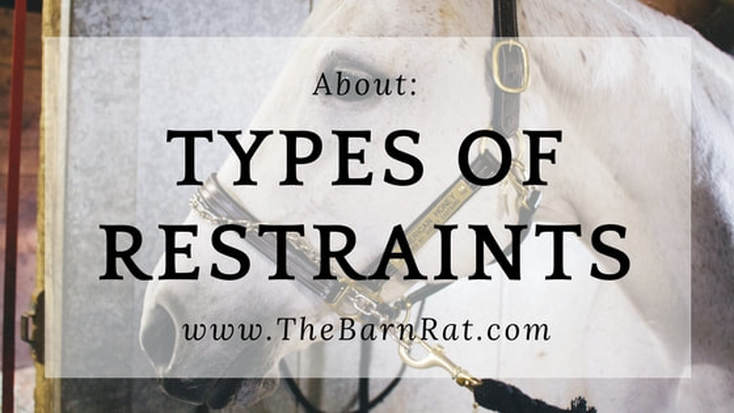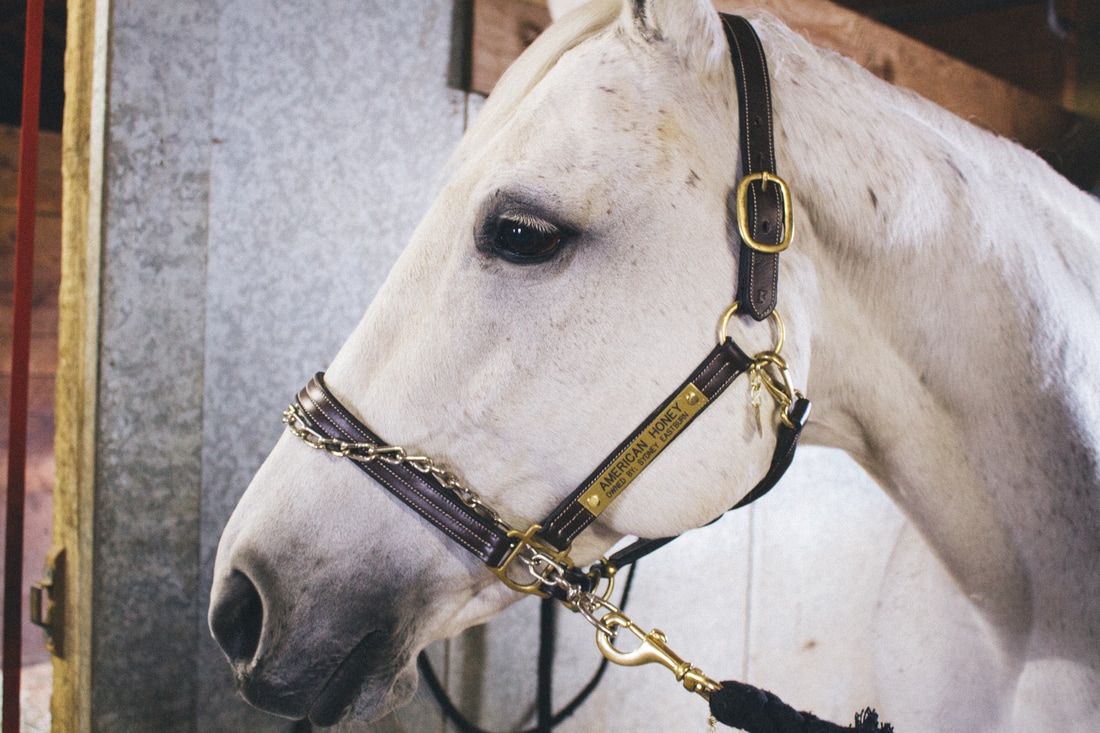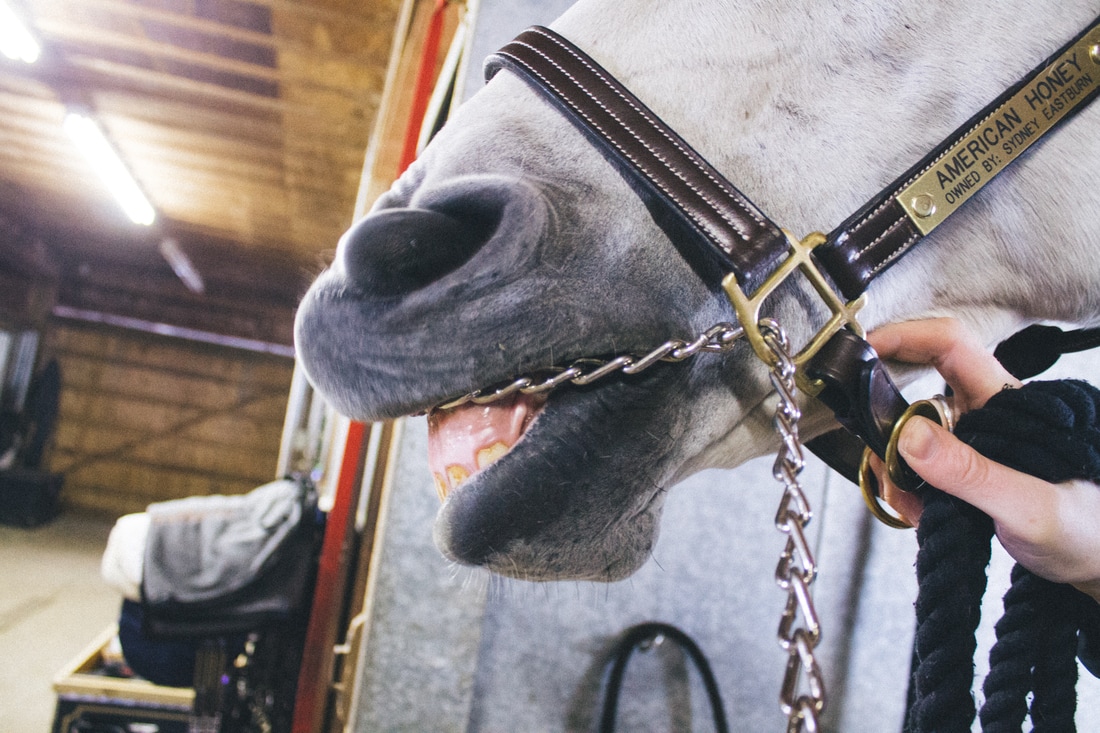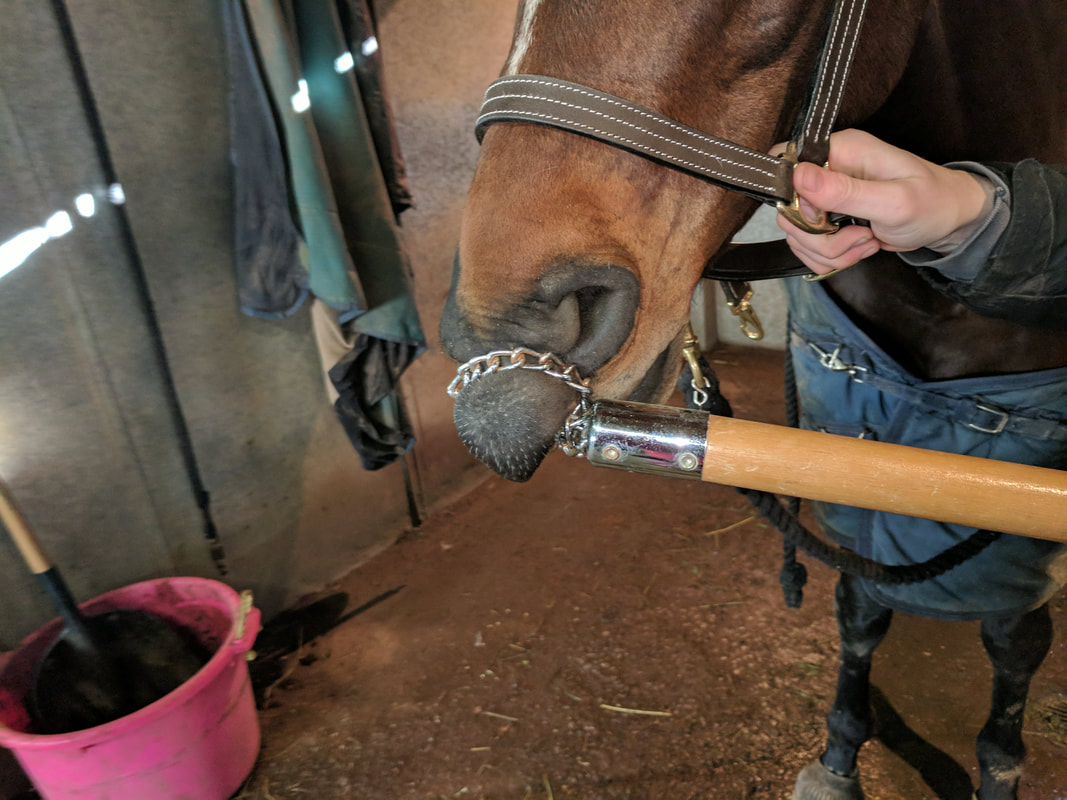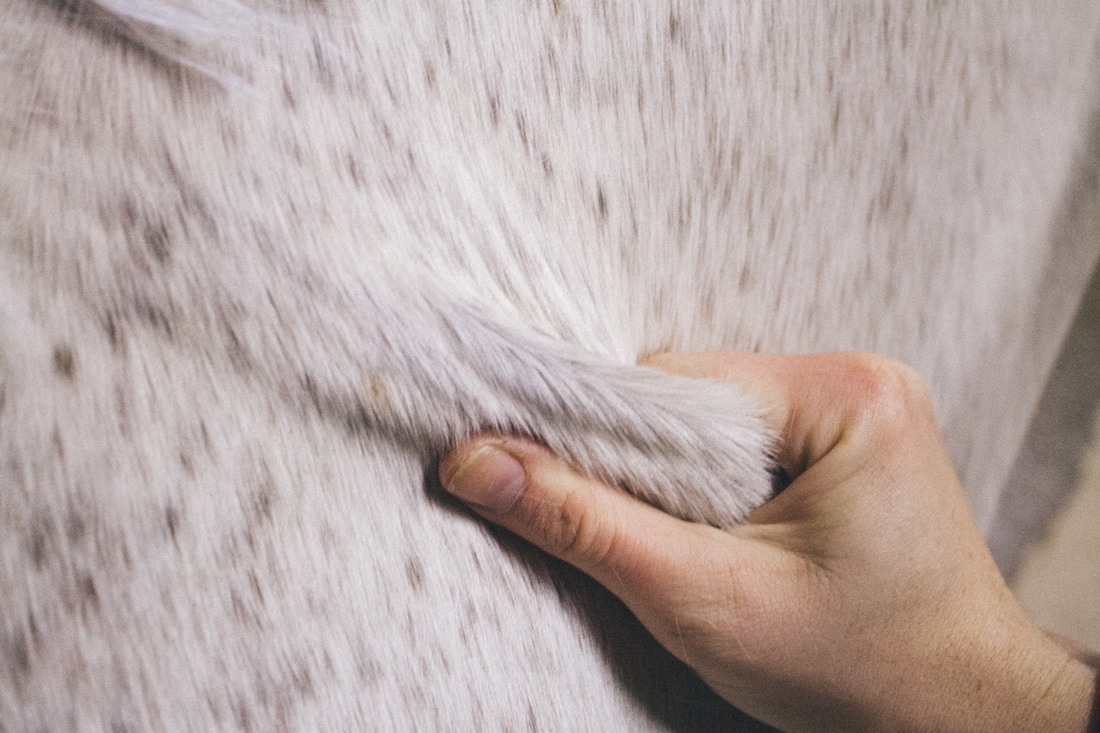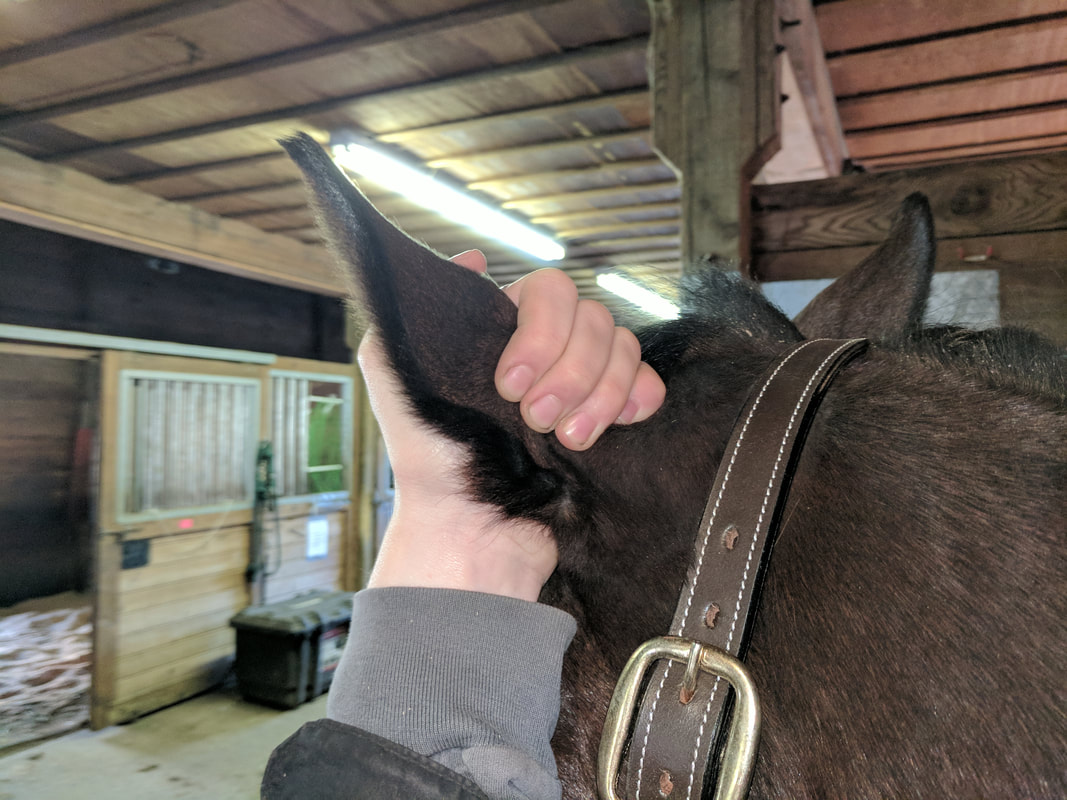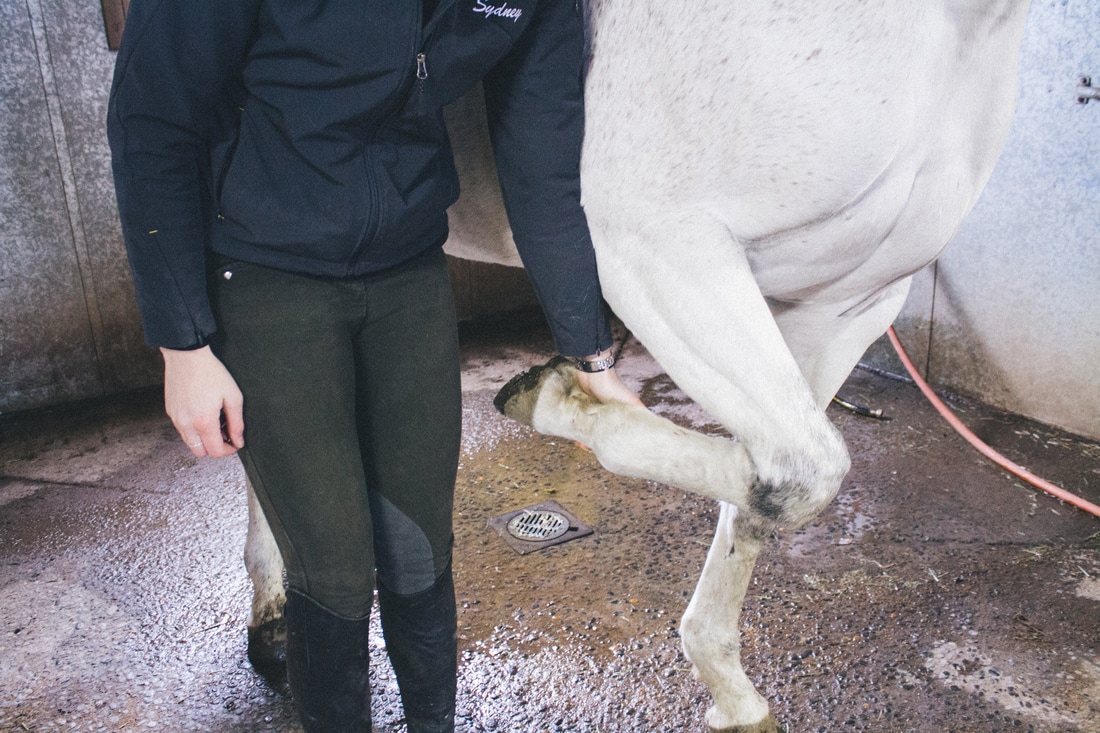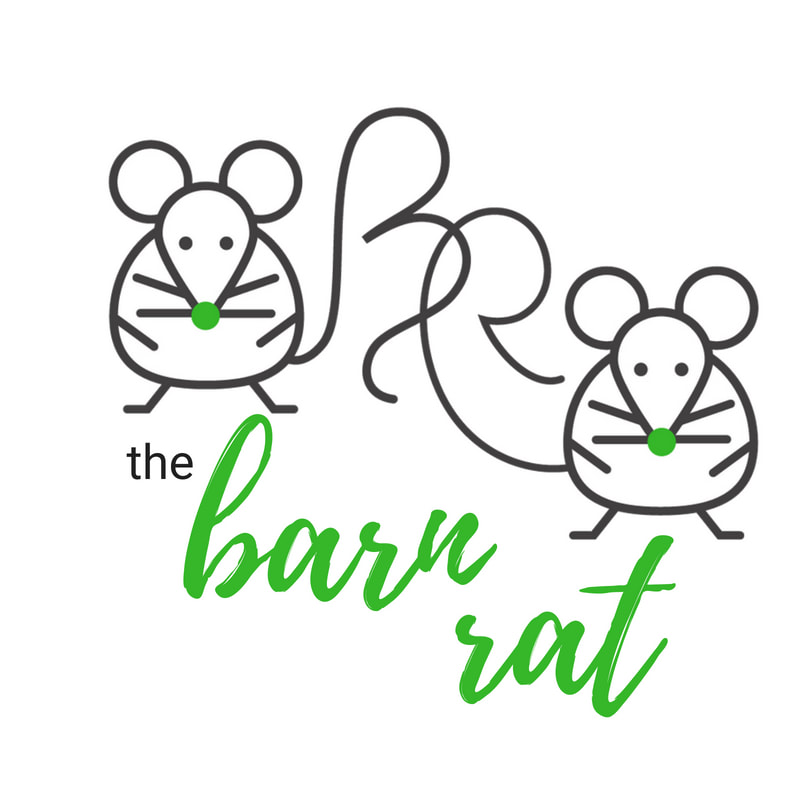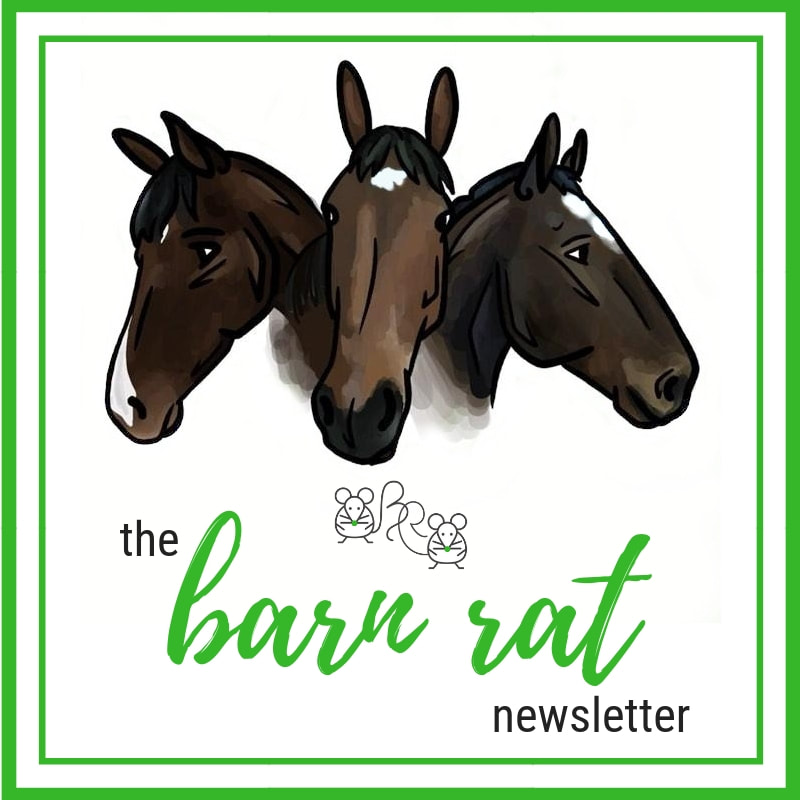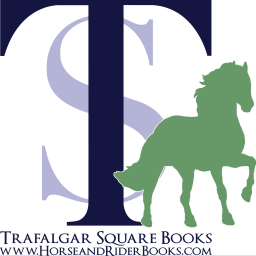|
Daily we handle our horses. Grooming them, riding them and loving on them. Sometimes, we need to do something with our horses that they aren't particularly fond of, like clipping, delivering medication, or leading them on a windy day. When those situations occur using a restraint technique can ensure both yours and your horse's safety. Below are an overview of the most common restraints. These restraints can very in severity and are to be used with caution and understanding. Being too firm with your horse can cause them to fear you and the situation, which no one wants. If you are wanting to practice any of these techniques look to your instructor or barn manager for assistance.
2 Comments
1/2/2020 06:15:41 pm
Your materials and information were quite useful
Reply
1/22/2023 09:50:05 pm
It is always important to be aware of the different types of restraints when handling horses to ensure both their and your safety. I found it helpful that you also provided a cautionary note on using restraints too firmly which can lead to fear in the horse. One thing that I've found helpful in managing difficult situations with my horse is using a <a href="https://centerlinedistribution.net">calming powder for horses</a>. These supplements can help to reduce anxiety and promote relaxation in horses, which can make handling them easier and safer. Keep up the good work with your horses!
Reply
Leave a Reply. |
Categories
All
SponsorsInterested in sponsoring The Barn Rat? Be sure to contact us here!
|
